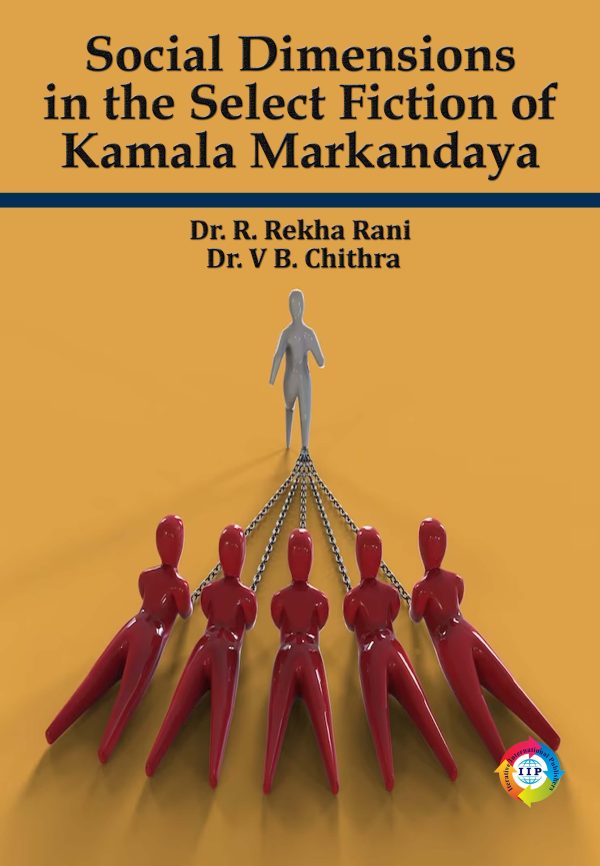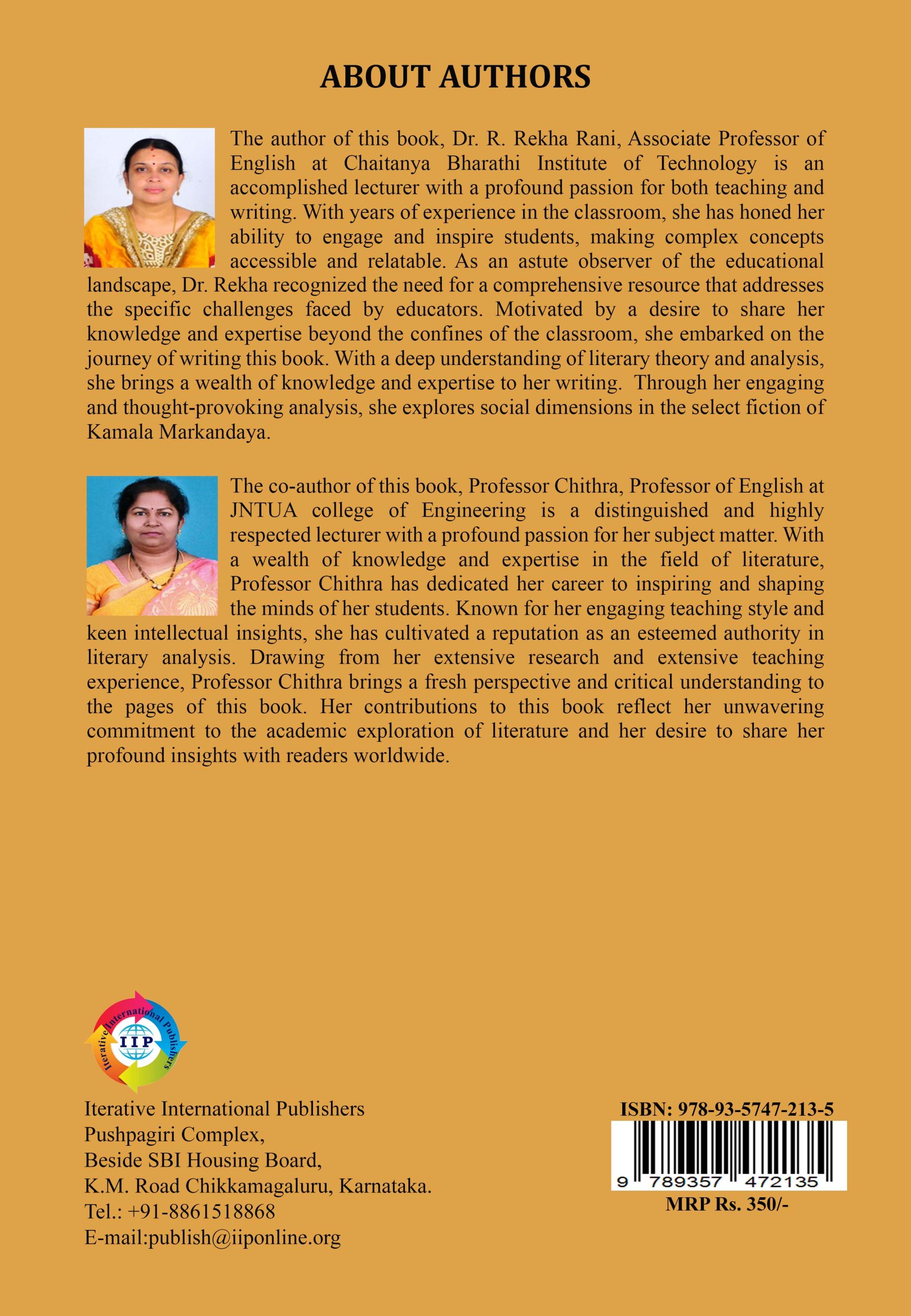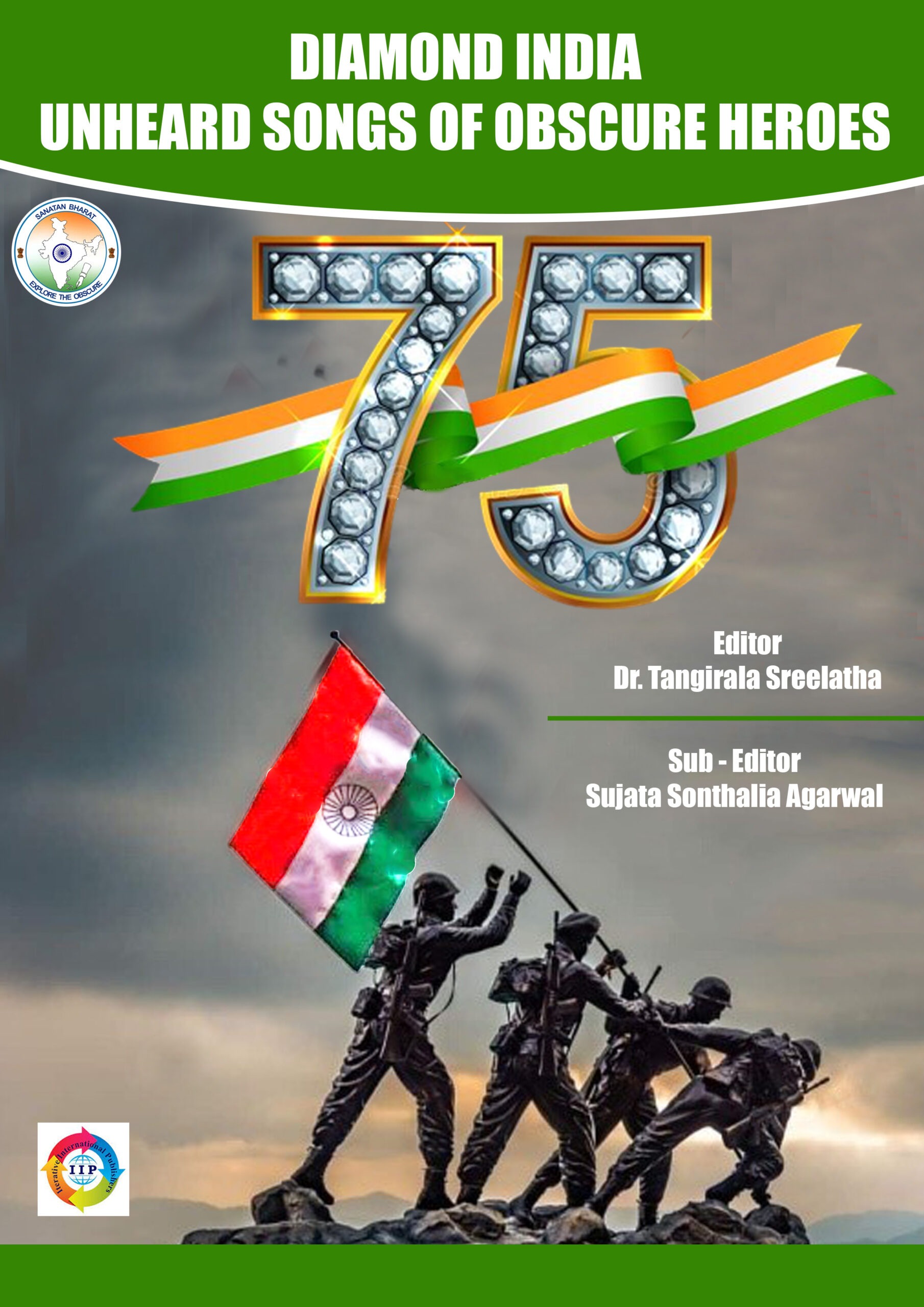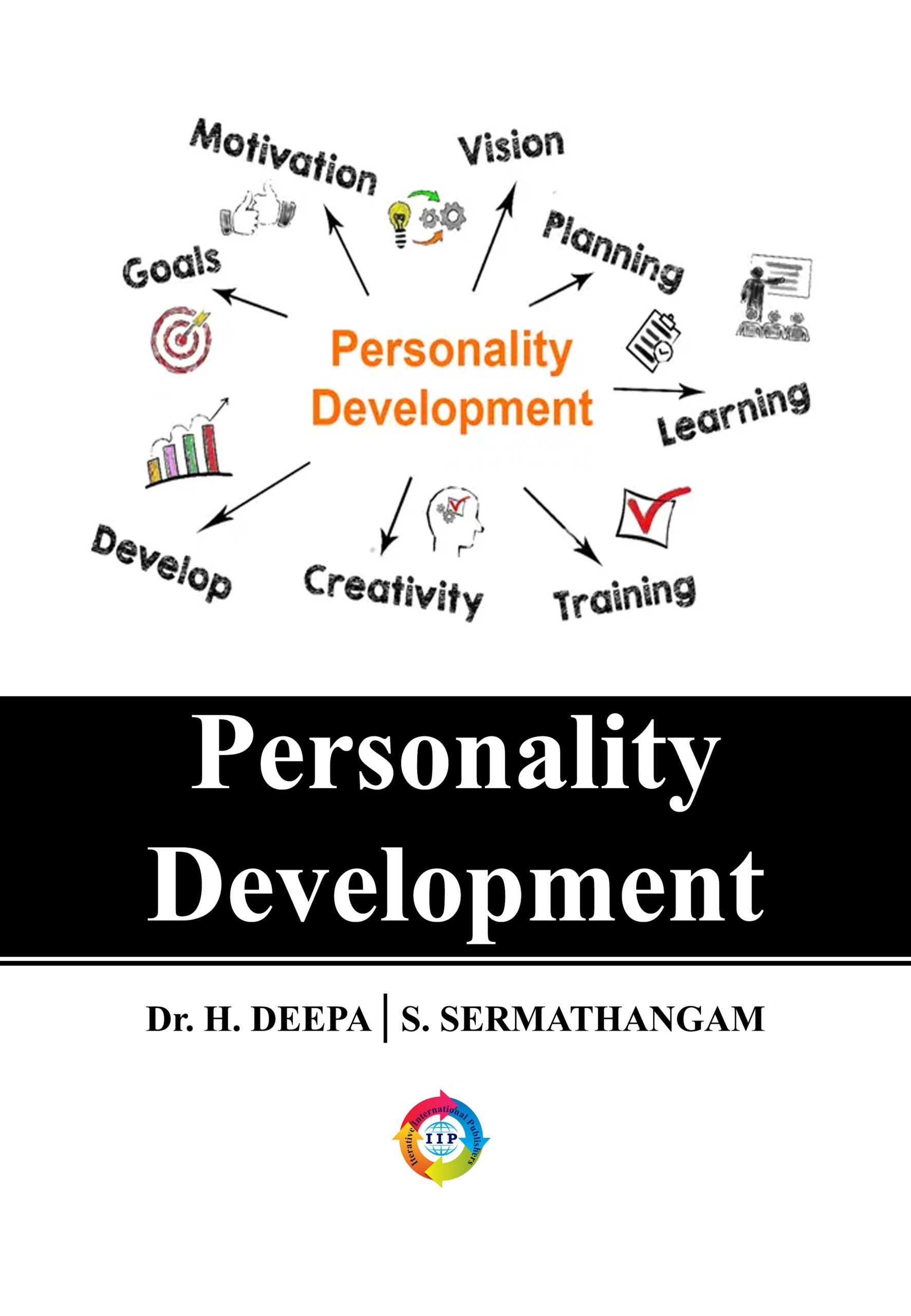Many writers, whose creative ideology was to write for a socio-political cause rose to prominence in the early decades of the twentieth century, the goal was to not only bring attention to the social evils and malpractices of the day, but also to use fiction to promote social transformation. Mulk Raj Anand, Raja Rao, R.K. Narayan, Kamala Markandaya, Ruth Prawer Jhabvala, Anita Desai, and other Indian writers have depicted Indian civilization in all of its facets, including religion, politics, and economics. Their primary preoccupations include social injustices and societal concerns that are interlaced in the web of their existence.
Novels in Indian English have adopted with the emerging trends in thematic concerns with contemporary societal transformations and prevailing issues. Most of the themes are related to the contemporary society and individual lives. Societal concerns serve as the raw material for novelists’ works. As a writer, Kamala Markandaya reflects the issues that are pertinent to the Indian Society of the present day. Through her novels, she presents contemporary issues. In this study, themes from the Kamala Markandaya novels are examined by illustrating how they are prevalent even today.
Markandaya’s treatment of themes is extremely realistic and represents contemporary social problems. The realistic portrayal of suffering, hunger, poverty, starvation, disease, social evils, inter-racial relations, the clash between tradition and modernity, and the investigation of the psyche of human beings, which continues to be the destiny of rural people to this very day.
In her novels, Kamala Markandaya mainly explores the implications inherent in both the post-colonial and traditional Indian social hierarchies. The themes are clearly visible in her novel A Silence of Desire in which she explores the social controversies of India and the issue of social classes. Markandaya points out the plight of the rural peasants in A Handful of Rice and in Nectar in a Sieve, her best-selling first novel, depicts the privations an Indian rural woman endures. Some Inner Fury looks at India during colonial rule and the struggle of Indians to establish their own identity distinct from the British. In this semi autobiographical work, she talks about a young Indian woman, Mira, who falls in love with an Englishman Robert, but eventually chooses her own people over him. Possession is a symbolic novel concerned with the contradistinctive values of the east and the west. A Handful of Rice presents a miserable picture of Ravi who persists in his struggle but fails. The Coffer Dams deals with the love affair between Helen and Bashiam and the fate of the dam that remains safe. The Nowhere Man is an attack on British racialism while Two Virgins explores the growing problems of two young girls. The Golden Honeycomb is a historical novel dealing with the events around Indian independence in the princely state of Devapur.
Kamala Markandaya’s women characters struggle to find their identity in the male dominated society and women’s quest for identity and refining self reflects in all her novels. The portrayal of contemporary women finds place in all her novels. She realistically brings out the emotional reactions and spiritual responses of women and their dilemma with sympathetic understanding. Her heroines are in constant search for meaning and value of life. They move from self rejection to self assertion and from self negation to self assertion. Researcher has used the feminist theory in all the chapters as and where required.
The female protagonists in Kamala Markandaya’s novels strive to find their identity in a male-dominated society, and women’s quest for identification and self-improvement is reflected in all of her novels. All of her novels feature the portrayal of contemporary women. She realistically portrays the emotional and spiritual responses of women, as well as their difficulty, with sympathetic understanding. Her heroines are constantly on the lookout for the meaning and purpose of life. They progress from self-rejection to self-affirmation and from self-negation to self-assertion. The researcher has explored this in all the chapters.
The book Focuses in the Primary Sources of the Following Novels of Kamala Markandaya:
• Markandaya, Kamala. Nectar in a Sieve. Penguin Random House India, New Delhi. 2009.
• Markandaya, Kamala. Some Inner Fury. Penguin Random House India, New Delhi. 2009.
• Markandaya, Kamala. A Silence of Desire. Penguin Random House India, New Delhi. 2009.
• Markandaya, Kamala. Possession Penguin Random House India, New Delhi. 2010.
• Markandaya, Kamala. A Handful of rice. Orient paperbacks, New Delhi. 1985.
• Markandaya, Kamala. The Coffer Dams. Penguin Random House India, New Delhi. 2008.
• Markandaya, Kamala. The Nowhere Man. Penguin Random House India, New Delhi. 2012.
• Markandaya, Kamala. Two Virgins. Penguin Random House India, New Delhi. 2010.
• Markandaya, Kamala. The Golden Honeycomb. Penguin Random House India, 2009.
• Markandaya, Kamala. Pleasure City. Penguin Random House India, New Delhi. 2011.
• Markandaya, Kamala. Bombay Tiger. Penguin Random House India, New Delhi. 2008.









Reviews
There are no reviews yet.